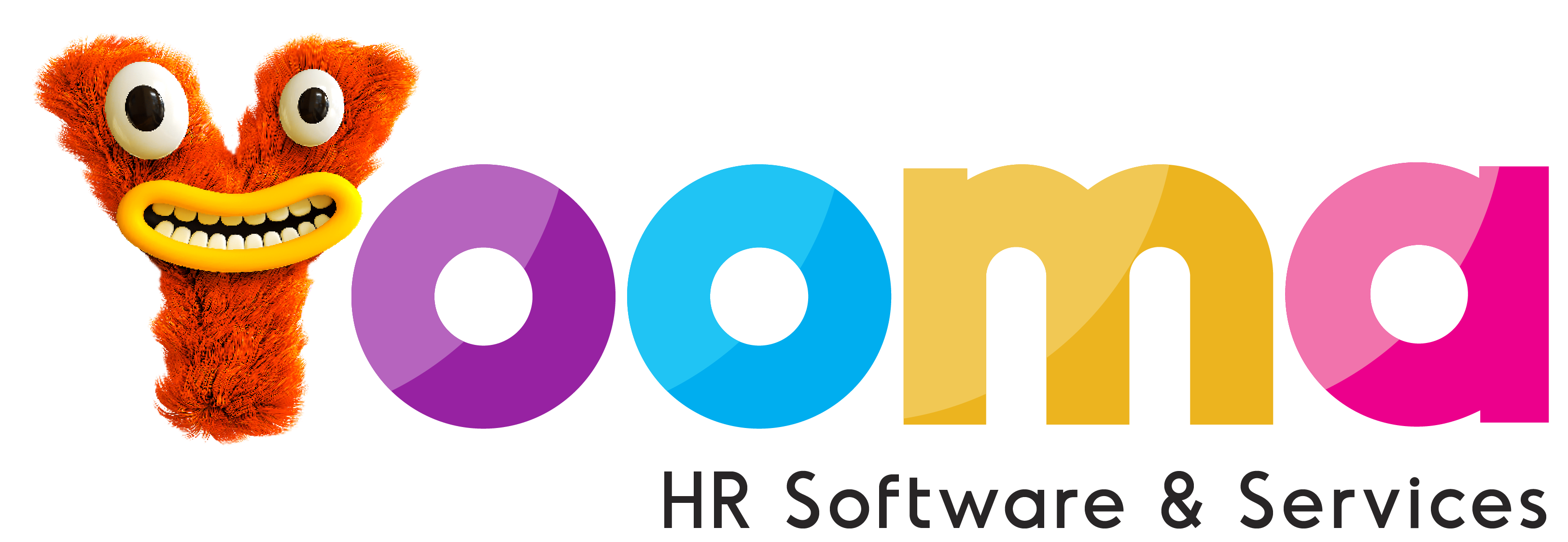Introduction
My articles up to now, dealt predominantly with the employer initiating certain actions with the employee as the object or recipient. These actions are undertaken on the strength of the managerial authority vested in the employer. The employment relationship is however in its nature an interactive phenomenon, or a “two-way street”, if you will. Where the disciplinary policy and procedure, for instance, is a “downward” communicative process from management to employee, the interactive nature of the employment relationship calls also for an upward communicative process, from employee to management. Where such a communicative process exists in the workplace, it is generally called “the grievance procedure”. Admittedly, we do not find much mentioned in the statutes dealing with labour or employment law about the grievance procedure – in fact, I am personally not aware of any statutory provisions regarding the grievance procedure per se. I did pick up references to the grievance procedure in the Code of Good Practice on the Handling of Sexual Harassment Cases, which forms part of the Codes of Good Practice annexed to the Labour Relations Act (LRA). These Codes of Good Practice serve as guidelines to assist the employer in dealing comprehensively and fairly with the subject matters covered in these codes. References to grievance procedures do appear in case law though, especially in regard to constructive dismissal disputes and sexual harassment cases. In this article, I will conceptually deal with the grievance procedure as an upward communicative process from employee to employer, thereby creating a common frame of reference in this regard. I will then follow up this article with an article dealing with a very topical workplace occurrence, where the grievance procedure has a role to play. This workplace occurrence I am referring to is Sexual Harassment – the topic of the article following on this one.What is the objective of the grievance procedure?
Apart from being an upward communicative process from employee to management, the grievance procedure should afford to the aggrieved employee a non-threatening opportunity to bring his/her work-related unhappiness to the attention of managerial authority, which has the ability and resolve to pay the necessary attention to the grievance, with the intention to resolve it, if reasonably possible.What are the prerequisites of a proper grievance procedure?
Many of these prerequisites can be derived from the objective of the grievance procedure in the former paragraph. Let us unpack it:- A non-threatening opportunity – In the majority of cases the aggrieved employee is unhappy about an aspect of the employment situation which is controlled, decided or imposed by another person within the organisation. The opportunity afforded the aggrieved employee to raise the grievance should however be free from any threat or intimidating situation or experience.Where the grievance is about perceived threatening or intimidating behaviour displayed towards the employee concerned, it would be inappropriate to require the employee to raise the grievance in the presence of the person implicated by the grievance, let alone to raise the grievance before such person, with the understanding that the implicated person has to decide the validity of and remedy for the grievance. The person hearing the grievance must have an open mind regarding the grievance and must also reasonably be perceived to be open-minded. A specific provision of a proper grievance policy would be that no employee will be victimised or prejudiced for having raised a valid and genuine grievance.
- The grievance must be work-related – The employer has no jurisdiction to entertain grievances which has its origin outside of the working environment and which have no bearing on the working environment.
- The grievance statement must be clearThere are at least two important requirements related to the raising of a grievance, namely: (1) The disclosure of adequate information pertaining to the grievance to enable a proper assessment of the matter at hand. Complete information must at least be disclosed at the grievance meeting, while the initial grievance statement may be a mere synopsis or categorisation of the grievance. (2) An indication of what the aggrieved employee expects as a solution to the grievance.
- The person presiding at the grievance meeting must have the necessary authority to deal with the subject matter of the grievanceGiven the nature of the grievance and who are involved/implicated, management (or in some instances HR or ER/IR) will determine which manager will be best suited to deal with the grievance, possessing the required authority and resolve to address the intricacies of the grievance.
- The grievance process is distinct from a disciplinary process
- Group grievancesIt may happen that more than one employee may have a common grievance, such as with a wage dispute, hence the internal grievance policy, preferably, should provide for a group grievance. Here HR or ER/IR in larger organisations normally plays a role in identifying a suitable manager or even a panel of suitable managers to preside at the grievance meeting. Where a panel is appointed, there must be clear rules regarding the composition of the panel, the obligations and functions of panellists and the way in which panel decisions will be taken. For instance, where a panel of three is appointed, it may be decided that one panellist will be the head of the panel, responsible for taking the ultimate decision, being assisted with advice by two assessors, who only have advisory powers and no decision-making powers. Alternatively, the three panellists may have equal decision-making powers, but either the majority decision of the panellists will prevail, or it will be mandatory that decisions are taken on consensus amongst all three panellists. It is however advisable to always ensure that an unequal number of panellists is appointed to avoid “hung” decisions where the majority decision is determinant. Process-wise, a similar process is followed with a group grievance. as with grievances involving a single employee. It is however not necessary to appoint a panel to hear a group grievance – the presiding authority may be a single manager. It all depends on the specific circumstances of the organisation concerned and the nature of the grievance. Important – It is crucial that the grievance policy provides that the group be represented by a spokesperson or preferably a maximum of two spokespersons, who will articulate the group’s grievance at the grievance meeting and take decisions on behalf of the group in accordance with a mandate received from the members of the group. It may be necessary to allow the spokesperson/s to liaise with the members of the group from time to time to refresh their mandate during the course of raising the grievance. It is not advised that management engage directly with a group of aggrieved employees.
Multiple stages of the grievance process
Depending on the size of the organisation and the depth of its organisational structure, the grievance procedure may provide for multiple stages, progressively following on each other, whereby a grievance can be escalated when the outcome at a particular stage is not accepted by the aggrieved party. It is customary to provide for no more than 3 progressive stages in a given grievance process. Remember that the aggrieved party is in the proverbial “driver’s seat” of the grievance and has the sole prerogative to decide when a particular outcome is acceptable or not. It is not for management to decide that a particular outcome has to be accepted by the aggrieved party – management may, however, decide what a particular outcome is and may stick to that. With the escalation of a grievance from one stage to the next (always involving a more senior manager or managerial panel presiding), the person or panel presiding will obviously take note of what was decided by management at the former stage, but is not bound by it and will conduct its own research and verification to inform its own conclusion.Consequence management
It should be a specific provision of the grievance policy that the outcome of a grievance may involve consequences for those implicated, as well as potentially for the aggrieved employee in certain circumstances. Where it is established, on at least a prima facie basis, during the grievance process that one or more of the implicated persons committed an offence giving rise to the grievance, appropriate disciplinary proceedings will (and must) be instituted against the perpetrators. The aggrieved party, however, has no say in what the outcome of such disciplinary proceedings should be – the aggrieved party will merely be informed at the report-back meeting that appropriate disciplinary proceedings will be instituted against the implicated persons. Obviously, where the implicated person or party is not an employee of the organisation (as may occur in respect of sexual harassment cases) consequence management will be instituted in a way considered appropriate in the circumstances. Where it is however established that the grievance is raised in a malicious way, with no factual basis, potentially unnecessarily tarnishing the reputation of another employee, appropriate disciplinary proceedings may (and should) be instituted against the “aggrieved” employee.Author’s explanatory note
Notoriously, grievance processes are seldom trusted by employees. Partly, maybe because there is no statutory provision to fall back on compelling the employer to listen to an aggrieved employee’s grievance – it is up to the employer to decide when and how to lend an ear to the unhappy employee. Amongst caring and responsible employers, it, however, became practice to provide for a grievance process and depending on the level of commitment it reflects from management’s side and the level of comfort and security it instils in employees at large, trust in the grievance system may rise to more acceptable levels. The mere fact that we do not have statutory provisions legally obligating employers to commit themselves to institutionalise the giving of earnest attention to employee grievances (while the lack of such commitment caused many employers to be found wanting in the CCMA and labour courts in respect of fair practice), caused employers to regard formal grievance handling processes as a “nice to have” and being cautious not to create a platform for “moaners and groaners”. We, therefore, do not find much standardisation of grievance procedures in the workplace, while there are common denominators. Having said that, what I suggested in this article as the ideal in respect of a grievance policy and process, may, understandably, be frowned upon by some employers and HR/IR practitioners. “To each his own”, but in my experience, the extent to which the employer balances the effort between downward and upward communicative processes within the organisation, giving each such process its rightful place, ultimately is commensurate with the security and stability experienced in the workforce. Give it some thought and move another step forward in becoming an employer of choice. Assistance in this regard is available by simply contacting the JJK ER/IR Consultancy at jjk.erir@mweb.co.za. Author: J J (Koos) van der Merwe – Chartered HR Professional, registered with the SABPPView our Latest Blog Posts
<
>

Mastering the Hybrid Work Model: How Yooma Streamlines Team Management
The hybrid work model, once a futuristic concept, has now become a cornerstone of many successful businesses. Once doubted as a productive and realistic setup, hybrid offices have proven year after year that flexibility and adaptability make for employees who are not only more satisfied and content but also more productive and engaged. However, managing […]
Read More
Preparing for the Future: Upskilling and Reskilling Your Workforce
In today’s rapidly evolving business landscape, the ability to adapt is key to success. As industries transform to meet new demands, so too must the people who drive them. A workforce that evolves alongside these changes is not just an asset—it’s essential. Investing in your business means investing in the individuals who manage, maintain, and […]
Read More
What Does Staff Wellbeing Really Mean?
As business owners and managers, it’s natural to want your employees to thrive in your company and under your leadership. You desire to not only have productive and enthusiastic workers, but well-rounded people who enjoy being part of your organisation and are committed to its overall goals and aims. This sense of staff wellbeing may […]
Read More
Unlocking Employee Potential with Yooma’s New Performance Management Module
As any astute business owner or manager will know, your workforce is one of the most valuable assets your company possesses. Beyond merely keeping the wheels turning in your business, your staff can be the driving force behind innovation, growth, and unparalleled performance within your industry. The skills, knowledge, talent, and drive that motivated team […]
Read More
Automate Your Way to Success: The Benefits of HR/Payroll Automation with Yooma
In today’s fast-paced business world, efficiency is essential. As companies grow and expand, managing human resources can become increasingly complex and time-consuming, leaving room for inefficiencies and errors. By automating routine tasks, businesses can significantly improve their workflows, reduce administrative burdens, minimise errors, and ensure compliance with current regulations. Yooma HR & Payroll’s software is […]
Read More
Navigating South Africa’s 2024 Budget Changes: The Impact on Minimum Wage and Tax Brackets
South Africa’s 2024 budget speech brought forth some changes to how employees are paid, including adjustments to the national minimum wage and tax brackets. With these changes having implications for both employees and employers, we’d like to highlight the importance of having smart Payroll software that keeps you informed on these changes while making them […]
Read More
Making the Switch: Smooth Transition to a New HR and Payroll Software
Transitioning from one HR and payroll software to another can be an extremely daunting and stress-inducing process if it is not done carefully and effectively. Companies that are considering a transition to a new software might understand the importance a configurable HR solution makes to a company but be cautious to proceed with the process […]
Read More
Enhancing Employee Engagement Through HR and Payroll Software
‘Office culture’ has become a very important concept that has been brought into the limelight recently in the post-pandemic business world. The fact that many businesses have become fully or partially remote has allowed employees to be more selective about the companies they work for, resulting in businesses with poor company culture and employee satisfaction […]
Read More
Mastering Labour Law Compliance: Elevating South African Companies with HR & Payroll Software
Ensuring compliance with labour laws and regulations in South Africa is a critical part of running and maintaining a successful and compliant workforce. Staying on the right side of the law is not just a matter of good business practice; it’s a legal obligation that can have a profound impact on your company’s reputation, financial […]
Read More
Simplifying Skills & Competency Management: Navigating the Corporate Maze
In the dynamic and ever-evolving landscape of modern businesses, the concept of skills and competency management has gained paramount importance. Companies, both large and small, are recognizing that their business’ success hinges on having a workforce equipped with the right skills and competencies to drive innovation, enhance productivity, and stay ahead in a very competitive […]
Read More


